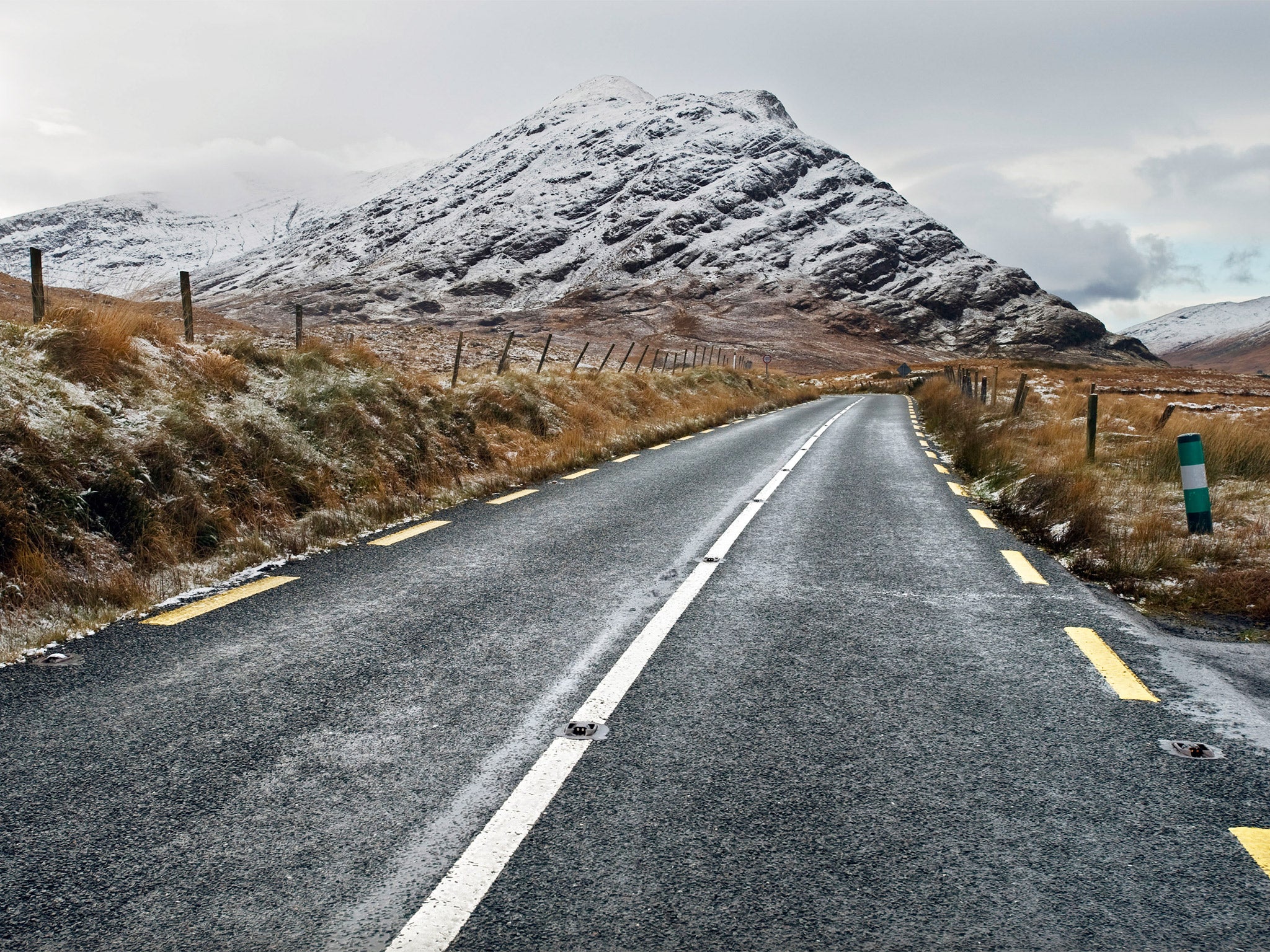Reduced road markings: Is the 'shared space' approach the safer option?
Councils are considering plans to ditch central markings on some roads. Sean O'Grady explains how the 'shared space' approach works (and how they actually get rid of the white lines)

Your support helps us to tell the story
From reproductive rights to climate change to Big Tech, The Independent is on the ground when the story is developing. Whether it's investigating the financials of Elon Musk's pro-Trump PAC or producing our latest documentary, 'The A Word', which shines a light on the American women fighting for reproductive rights, we know how important it is to parse out the facts from the messaging.
At such a critical moment in US history, we need reporters on the ground. Your donation allows us to keep sending journalists to speak to both sides of the story.
The Independent is trusted by Americans across the entire political spectrum. And unlike many other quality news outlets, we choose not to lock Americans out of our reporting and analysis with paywalls. We believe quality journalism should be available to everyone, paid for by those who can afford it.
Your support makes all the difference.I have never driven around those Dutch towns where they've removed all the white lines, traffic lights, road signs and everything else that we have all become used to when getting around by car. I have, though, driven up and down Exhibition Road in London, which services the V&A, Science Museum, Natural History Museum, British HQ of the Church of the Latter Day Saints (Mormons, that is), and the Afghan Embassy. So, not your usual street, and it is an unusual experience. The kerbs have all gone, as have the white lines (I don't know which method Kensington and Chelsea council used to erase the lines – hydroblast treatment, scabbling and surface scarification and diamond grinding are all possibilities), and even the roundabout in the middle is unmarked. You find park benches where you think there should be a carriageway, and cars parked in the middle of the road. The usual tarmac has been replaced with black-and-white tiling, arranged diagonally as if deliberately to break up the usual conventions of road usage.
It's not mad, though, and it is certainly the case, as in Holland and bits of the UK where similar experiments have been tried (it's come out this week that Norfolk council is currently considering whether to ditch white lines on roads in parts of north Norfolk), that you drive more gingerly and carefully when you have to make your own mind up about whether the road is one-way or two-way. Usually, with an overload of information, cars that can brake and drive themselves almost, and sat navs telling you which way to turn, it is far too easy to become a semi-detached driver, not paying proper attention, and relying instead on the plentiful external signals, while you daydream about winning £66 million on the lottery or how Labour might win the next election. Crazy stuff like that.
So being left naked with only your senses to tell you what is going on around you is no bad thing. We have a Dutch engineer and road designer, named Hans Monderman, to thank for all this, and, like space cakes and right-wing extremism, the Dutch have proved themselves once again brave innovators, if occasionally misguided (the Royal Dutch Embassy, appropriately enough, is around the corner from this great tribute to Netherlandish free-thinking). I was more conscious about the pedestrians I encountered, and sensed more eye contact with fellow road users (an uncomfortable experience for anyone living in London, I have to add).

Yet I have also got confused about which bits of the road are one-way, and whether I am in fact allowed to do a U-turn in among the park benches, or whether I'm just not allowed to do that when they are occupied by tourists having a picnic. You can't really design a road sign for that, can you?
It is also true that this fine old boulevard, laid out for the Great Exhibition of 1851, looks a lot smarter without the usual ugly clutter of "road furniture", which has become epidemic in our towns and cities. Councils love nothing more than to put up ever more confusing sets of instructions, the most fiendish, of course, being those little signs with blatantly contradictory regulations set above parking bays. Could it be they are sent to confound us and deliver a nice easy £80 fine to the borough coffers?
In other words, I'd like to see more of this sort of thing – "Mondermanisation", you might call it. But in return, for one very important concession to go alongside – the progressive depedestrianisation of Britain. Everyone is on about the high street dying – and yet almost every town centre is made deliberately hostile to cars, and thus shoppers and diners. The net effect is, entirely predictably, to leave many places struggling against the malls and out-of-town shopping centres where parking is easy and free. Having a "shared space" in cities means letting the cars back into the space as well. Doomed, maybe, but Exhibition Road offers a glimpse into a better world, and one where the long war against the motorist is over.
Join our commenting forum
Join thought-provoking conversations, follow other Independent readers and see their replies
0Comments